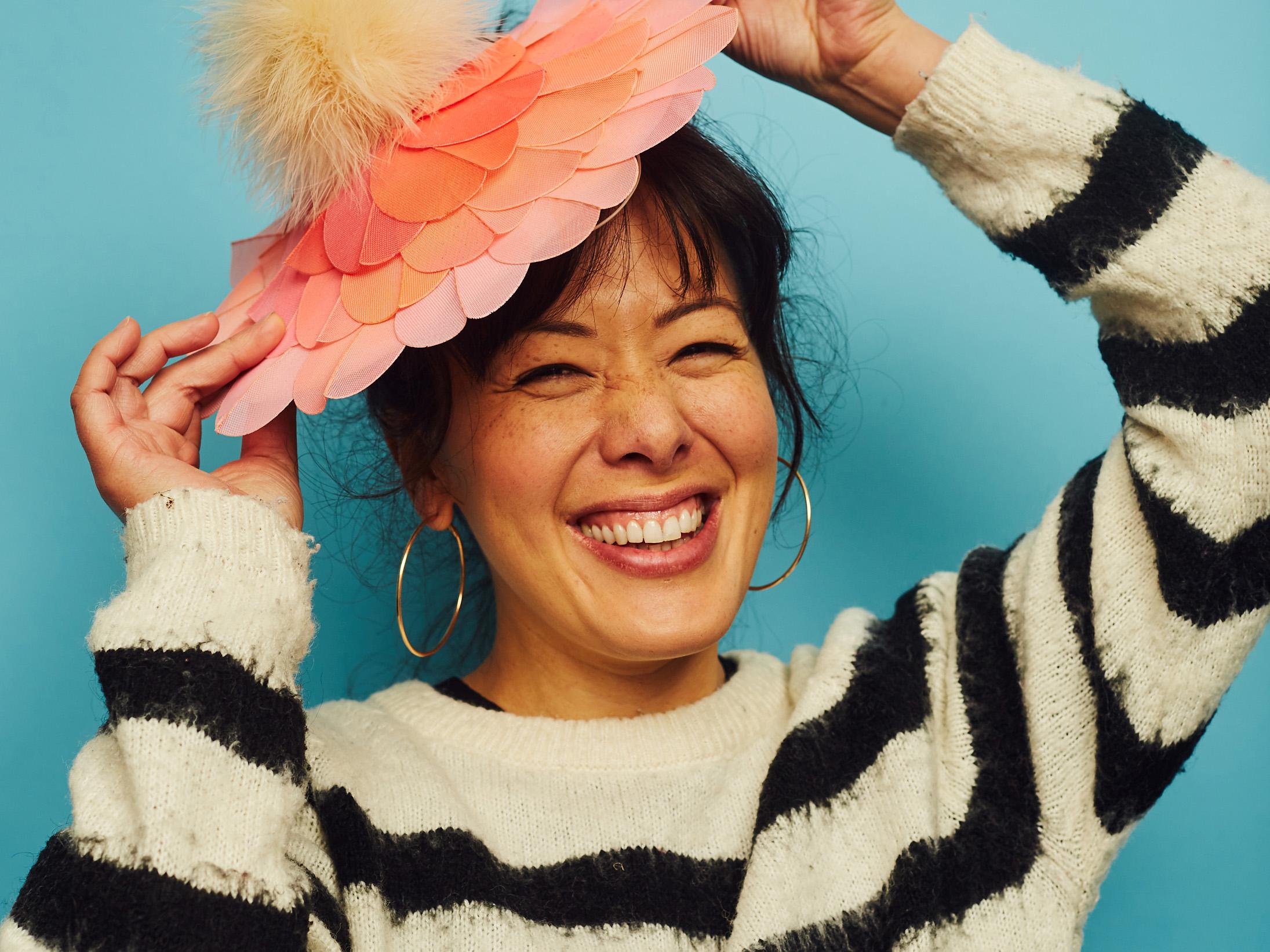
29 Jul Alumni Spotlight – Awon Golding ’98
Crafting identity: Awon Golding’s ’98 Journey from Woodstock to Millinery Mastery!
Meet Awon, a creative visionary and Head Millennial Designer at Lock & Co., the world’s oldest hat shop. Born into a multicultural world as a third-culture kid, Awon’s journey has spanned Hong Kong, India, and the UK, shaping her as a designer with a global perspective and a deep appreciation for heritage and craftsmanship.
Awon’s time at Woodstock played a pivotal role in her self-discovery, helping her connect with her Indian roots while navigating life as an outsider. Whether it was hiking up the mountains of Mussoorie or playing clarinet in the music program, Woodstock instilled a sense of resilience and creativity that continues to inspire her designs today.
From collaborating with high-profile figures like Lady Gaga to spearheading her beloved dog-calendar charity project, Awon seamlessly blends tradition with innovation. Her hats not only reflect her journey but also champion sustainability and slow fashion, embodying the perfect balance between personal expression and environmental responsibility.
Her journey is a testament to embracing diverse experiences and finding beauty in life’s unpredictable paths – an inspiring story for Woodstock students and alumni alike.
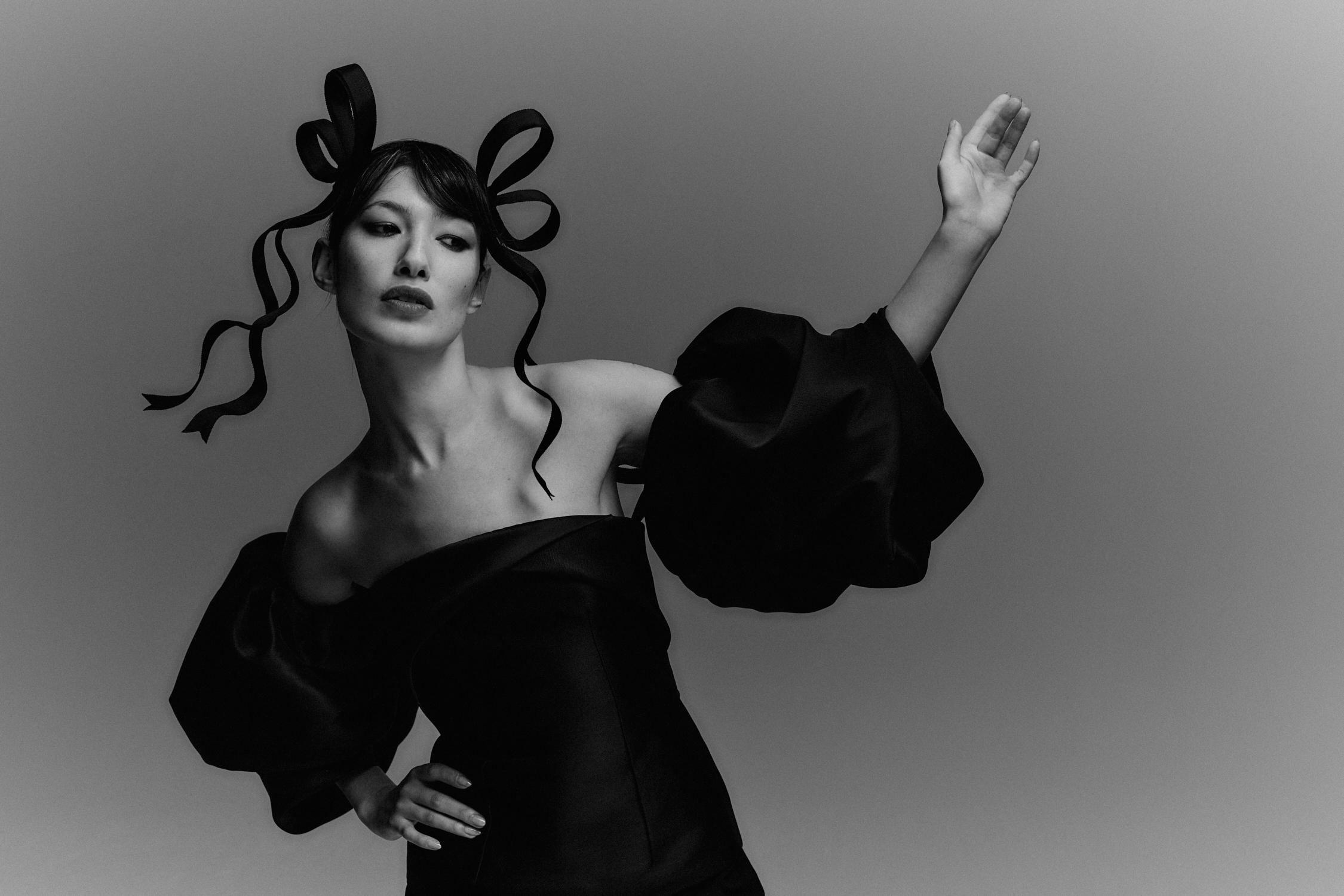
Question: What really stood out for you in your Woodstock journey and what Woodstock was like – how you perceive Woodstock now?
Awon: Sure! I went to Woodstock because my mom, who’s Naga, wanted me to experience Indian culture. I was 11 when I arrived, and honestly I struggled a lot with homesickness. It was so different from what I’d known growing up in Hong Kong as a third-culture kid. But over time, Woodstock gave me a real sense of my Indian identity, especially since I was surrounded by tribal cultures I’d never encountered before. Looking back, some things were tough – like the basic dorms and the cold winters – but I have fond memories of the nature in Mussoorie and the monkeys. The music program was also a big highlight. I played clarinet, and I really improved in those two years. I regret not continuing when I returned to Hong Kong, as I could have been much better by now. Overall, Woodstock helped me connect with my Indian roots and gave me experiences that shaped who I am today.
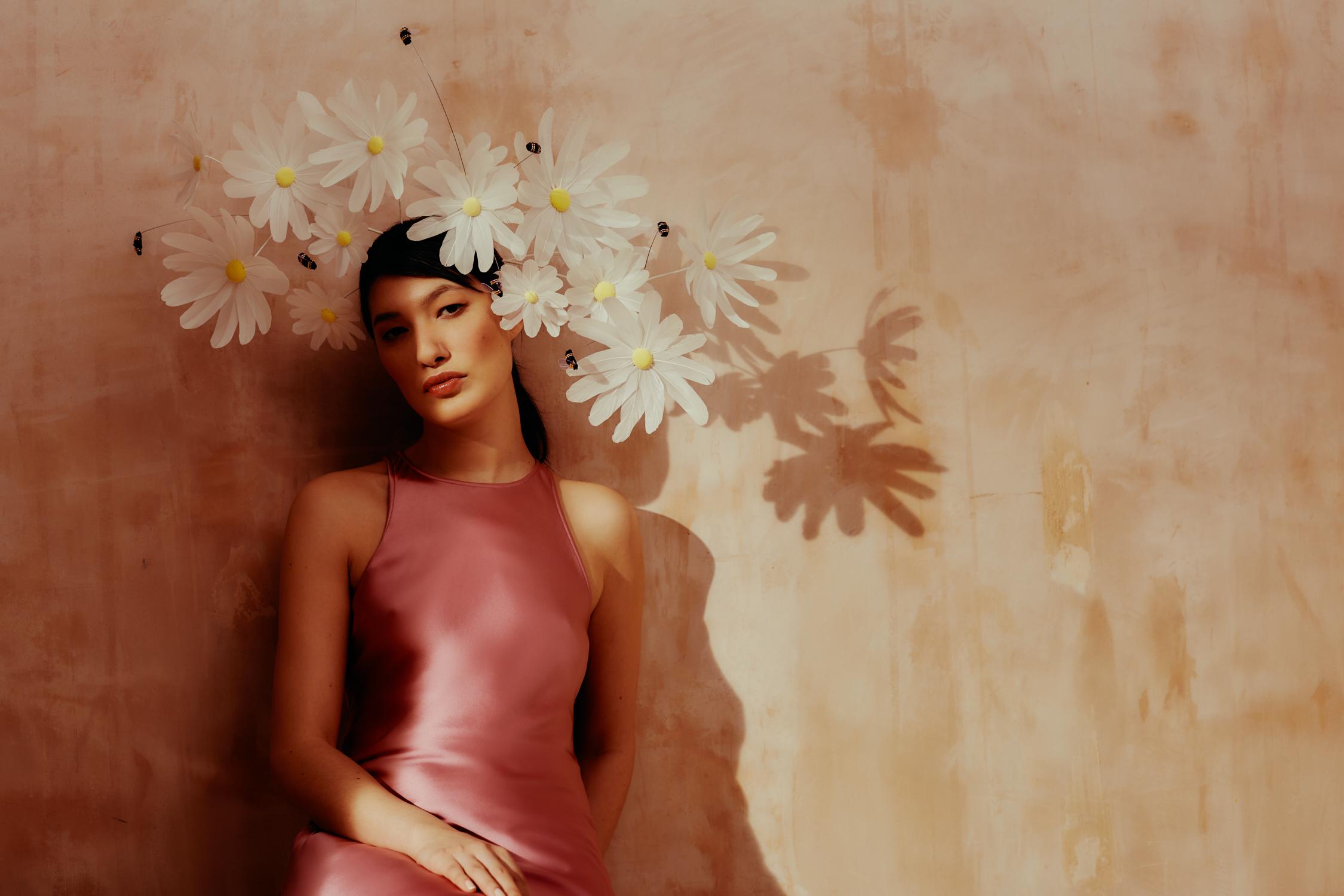
Question: So, like you mentioned, you’ve lived in Hong Kong, India, and the UK. How have these different cultural experiences influenced your design and creative outlook?
Awon: Yeah, I see myself as an international person. My personal identity isn’t tied to any one place. Growing up in Hong Kong as a third culture kid, then moving to India for two years and later to the UK, I’ve always felt like an outsider. These experiences have made me gravitate towards people and things with a global mindset. This perspective has definitely influenced my designs. I don’t feel bound by any specific form. Instead I like to cherry-pick elements that I find beautiful or inspiring. It’s given me a lot of flexibility in my creative approach.
Question: As Head Millennial Designer at Lock & Co., what are some valuable lessons you’ve learned from working with such a historic brand? Is there anything you’d like to share with current Woodstock students? Also, could you start by telling us what your job entails?
Awon: Sure. Lock & Co. is the world’s oldest hat shop and the UK’s oldest shop overall, established in 1676. It’s still family-owned and has a rich history. I work there two days a week in a space that has been in the same location for centuries. The company has a long legacy, having made iconic hats for figures like Lord Nelson. When I joined, I stepped into big shoes, as the women’s line had only been around for 25 years. They were looking to modernize the collection while still honouring tradition and heritage. At Lock & Co. my design approach always balances modern touches with respect for the brand’s history and craftsmanship. I’m constantly mindful of the values – heritage, tradition, and quality – that Lock & Co. represents. Our audience is very international and high-net-worth, so the hats we design must reflect those core values.
For Woodstock students, I would say that you don’t have to know exactly what you want to do right away. I had a long journey to get into millinery. After high school and university, I did various jobs like event management, educational game design, fashion editing, and styling. All those experiences built the skills I now use. Running a brand is about more than just design. It’s marketing, accounting, and managing every aspect of the business. One piece of advice I would give is that you don’t have to have a clear goal in mind straight away. There’s a lot of pressure to choose a path at a young age, but real-world experience is often necessary to understand what jobs even exist. I didn’t know about millinery when I was in high school; it took me a while to discover that it was something I could do. So, don’t stress too much about having everything figured out. Looking back, I wonder if I should have gone to university when I did. I took a gap year, travelled, and gained work experience, and I think that helped me a lot. I understand that for some, especially with a strong focus on education, it can be tough to break out of that mindset. But real-world experience and traveling can be incredibly valuable.
Question: I see my classmates stressing about their future, especially with college applications. It’s a common concern. What comes after?
Awon: Exactly. You don’t always have to have it all figured out right away. Sometimes, it’s about taking the time to learn, explore, and see where life takes you.
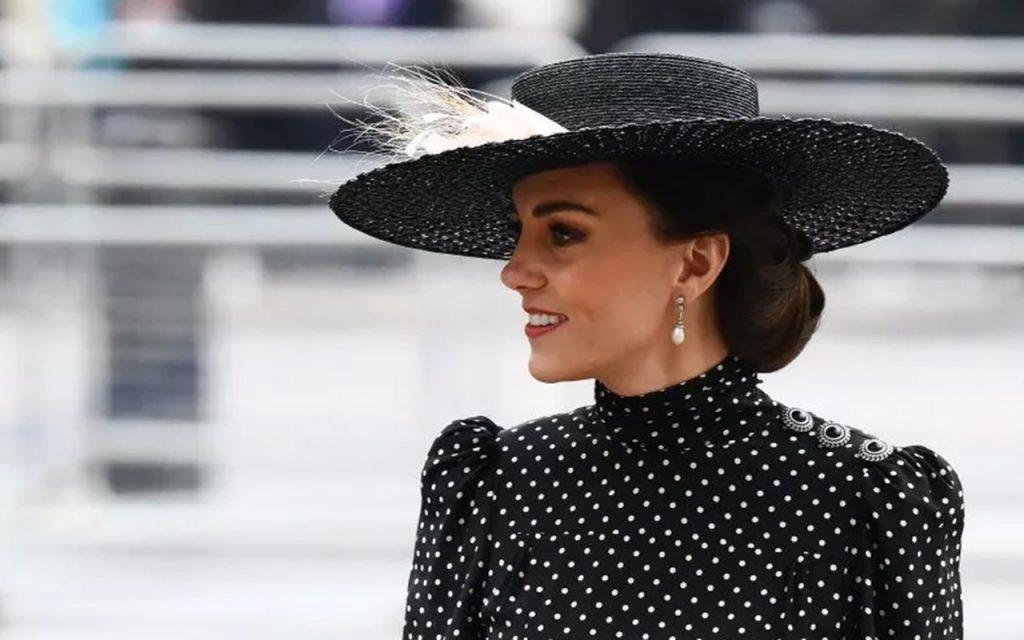
Kate Middleton
Question: If you could design a hat that symbolizes your journey from Woodstock to London’s fashion scene, what would it look like?
Awon: My memories of Woodstock are very much tied to nature – the oak trees, the forest, and being nestled in the mountains. So, I think the hat would have a natural element to it. Fashion today is all about personal expression, so the design would reflect that. I imagine incorporating an oak leaf motif or using a color palette inspired by the woods around Woodstock. It would probably be an occasion hat, something that feels representative of London’s traditional style. English people still wear hats, which is a bit of an old-school tradition that’s rare elsewhere. I also love hiking, and the journey to school felt like a hike up a mountain every day. So, I’d want the hat to capture that connection to nature, while also nodding to the classic elegance of the UK fashion scene.
- Lady Gaga
- Meghan Markle
Question: So, from what I’ve found out, you’ve worked with high-profile clients like Lady Gaga. How does it feel to see your creations worn by such figures? And how do these collaborations come about?
Awon: It’s obviously amazing when someone you’ve seen in the public eye for so long wears something you made. It’s definitely a “pinch me” moment. The Lady Gaga collaboration was actually a few years ago. And what made it even better was that she actually name-checked me. She’s really good about crediting people, which is rare for celebrities. Many don’t do that, which is something I find frustrating. But Lady Gaga is a champion of young designers. For that specific collaboration I worked with her stylist. That’s usually the way these things work with celebrities. It’s often not the celebrity directly reaching out but rather their team organizing things. You either make something custom for them, or they give you a design brief to work from. In this case it was a piece from my existing collection that her stylist called in. She ended up wearing it on a casual day out, which was wild, and posted a picture of it. At first she didn’t credit me, so I reached out to the stylist to thank them for the opportunity and let them know she hadn’t tagged me in the post. The stylist then spoke to her, and she reposted it, properly crediting me, which I really appreciated. It’s a great testament to her as a person.
Question: Can you tell us more about the dog calendar charity project and what inspired you to combine your passion for millinery with your love for animal welfare?
Awon: The whole project was inspired by my dog Stevie. I adopted her from a charity here called All Dogs Matter. Growing up, we always had dogs, and my mom was big on rescuing them. All of our animals were rescues from the streets. So, from the very beginning I was involved in rescue and animal welfare, and I’ve always loved animals. I was thinking about how I could raise some money to give back to the charity, and one day I had a lightbulb moment. Stevie is with me at the studio, always hanging around while I work, and I’d often put hats on her. I’d take cute photos, and I realized it could be something special. Why not combine my millinery work and my love for animals? So, we decided to create a calendar, shoot it properly, and sell the calendars to raise money for animal welfare. Seven years later, our campaign for 2025 has already raised about £23,000 for the charity. Right now, we’re also auctioning off the hats from the calendar. Two alumni from Woodstock are actually helping me with the website, which is really nice because it’s bringing everything full circle.
It’s a lot of work, but it’s my passion. And even though it’s just a fun and silly project with dogs wearing hats, it’s amazing to see real-world change and impact from it. With so much negativity in the world, sometimes something as simple as a calendar with cute dogs can bring joy and make a difference. That kind of change can’t always be measured, but it’s important. I’m honestly probably prouder of this charity project than anything else I’ve ever done. Actually.
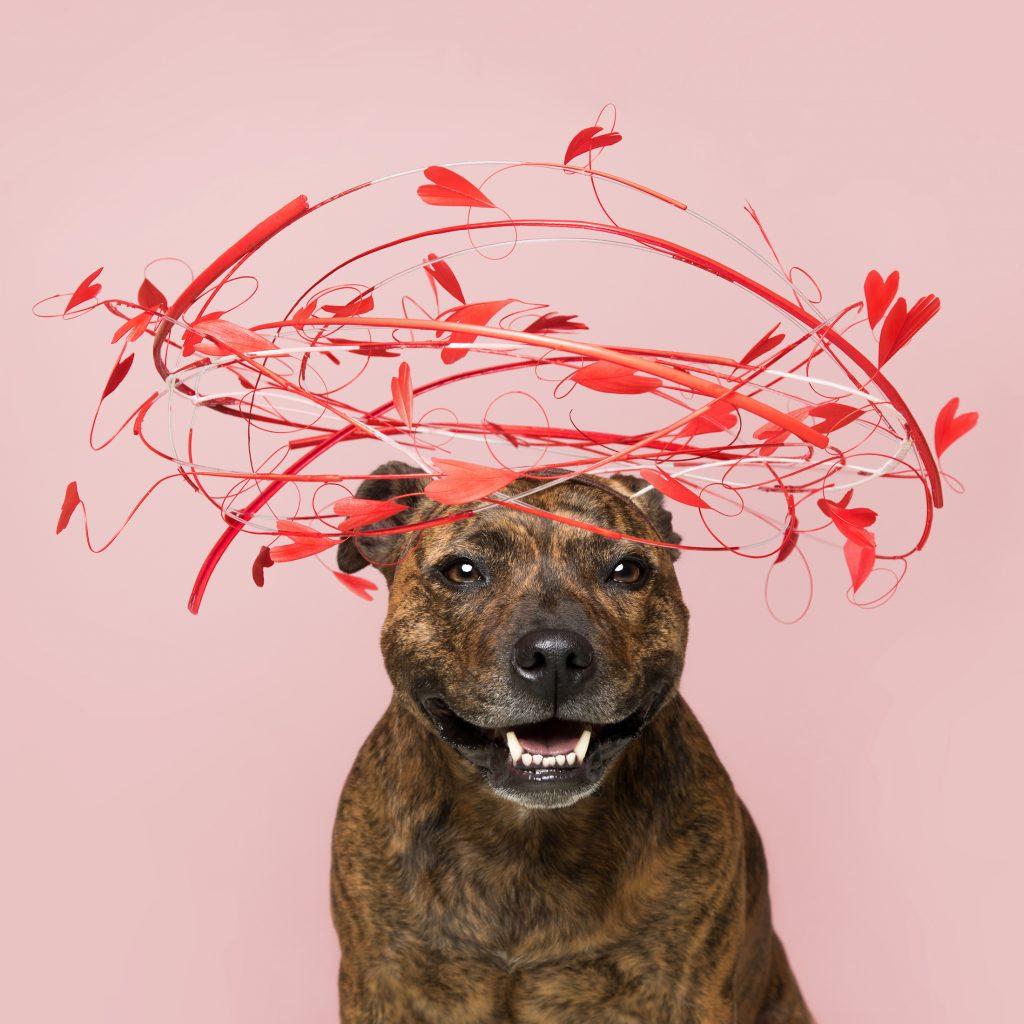
HauteDogsCalendar
Question: Do you often see Woodstock helping you even after so many years of graduation? Do you think that’s something you need from Woodstock? Or are there elements from our school that you still carry with you?
Awon: Yeah, it’s interesting because I was only at Woodstock for two years, so I wasn’t there for that long. But I have to say, there’s a distinct sense of community at Woodstock. It’s such a unique experience, and when you meet another Woodstocker you immediately feel a kinship. One of my best friends is a Woodstocker too. She’s living in New York now, but I lived with her for four years in Hong Kong. We never overlapped at Woodstock, but there’s definitely this common language, a shared sense of humour, and an understanding from having had that experience, even at different times in our lives. I’ve also gotten more involved in WOSA meetups here in London. It’s just lovely to meet people who are focused on similar things. And honestly it’s nice because people are genuinely willing to help. For example, I met Shriyansh and Daniel through WOSA here in London. They’ve been so generous with their time, supporting the charity project, and offering to lend a hand. It’s great to know that Woodstock’s community continues to stay strong and supportive, even after all these years.
Question: So, running a successful millinery business requires both creativity and business acumen. How do you balance the two? And what are some lessons you’ve learned along the way?
Awon: I think the biggest challenge for me has been the business side. I don’t come from a business background, so that’s definitely been tough. I find all the accounting stuff dull and boring, even though I know it’s crucial to running a business. Having a creative brain and an accounting brain are almost at odds with each other, so it’s been difficult to balance the two. The way I manage it is by outsourcing the business side as much as I can. I try to make my life easier with tools like accounting apps like Xero to handle the numbers and keep things running smoothly. That helps me deal with the financial side without getting bogged down by it. One of the lessons I’ve learned is that some people are naturally more financially minded or have more experience in that area. If that’s not your strength, you need to cut yourself some slack and find ways to make it easier, like using technology. It’s about being smart and using the resources available to make the process a bit more manageable.
- At Alterridge 1992
Question: One last question. I’ve done a lot of research about clothing brands and the impact they specifically have on the environment. How sustainable are your hats, and what rules do you have to ensure that the hats you create aren’t harming the environment?
Awon: Sure, I mean, well, we’re not doing mass-market stuff. Everything we create is handmade, total craftsmanship. Most of the materials we use for millinery are actually natural fibers or byproducts of industries like the meat trade. Feathers, for example. So, the materials we work with are generally sustainable by nature. Millinery, in a way, is already sustainable. We’re not contributing to fast fashion. Instead this is the definition of slow fashion. When you buy a hat from me, you’re dealing directly with the designer, and you can see me making the hat. That kind of personal connection justifies the price point, too. My hats are more expensive because they are handmade, and when you buy one, you’re investing in my craft and experience.
Follow Awon Golding: LinkedIn, Instagram
Interview by Priyanshi, Class of 2026






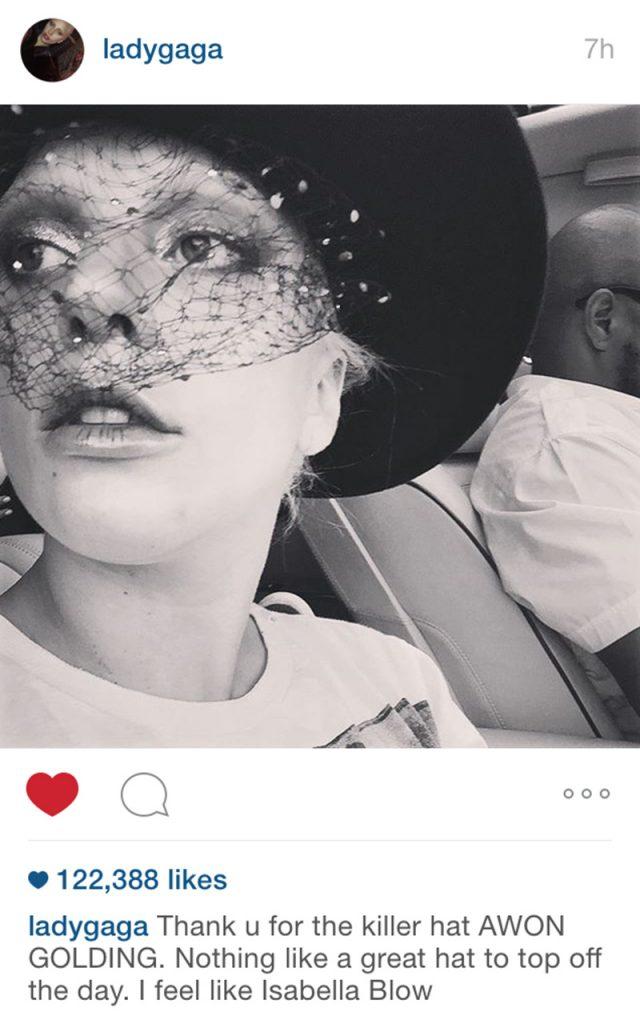
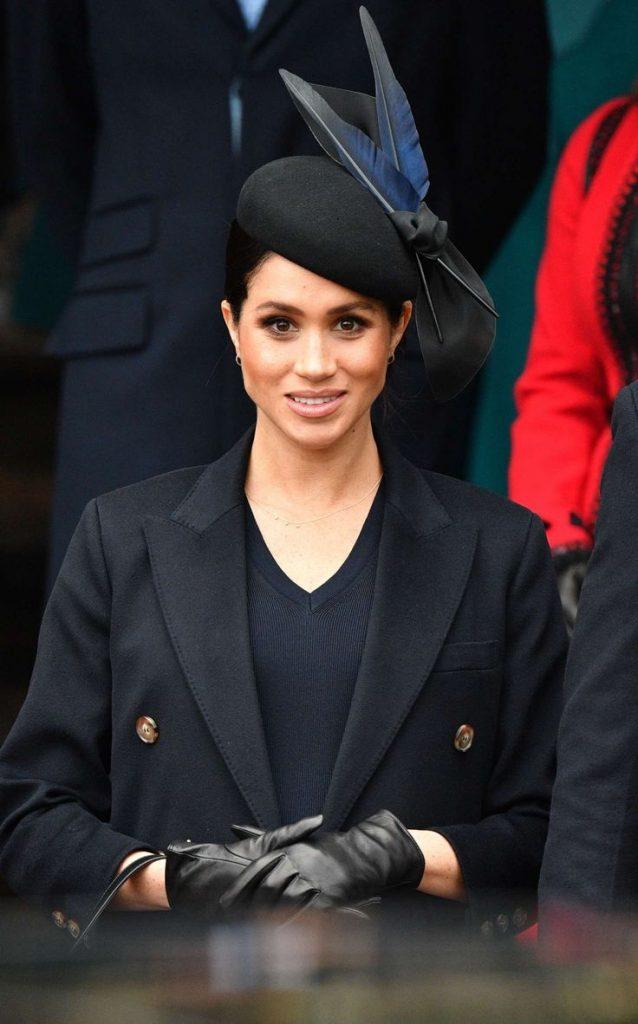
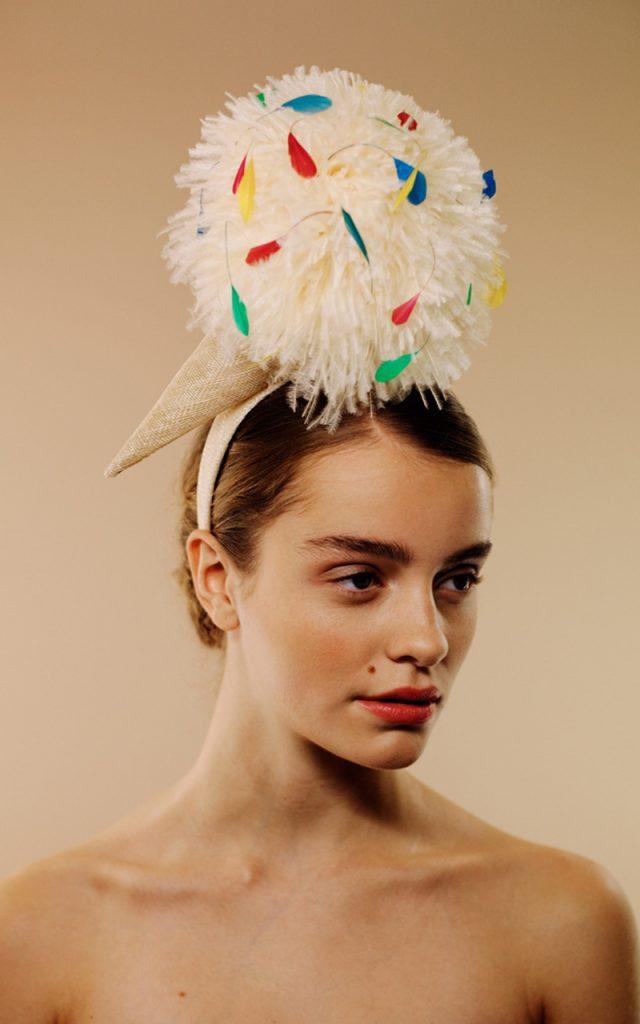
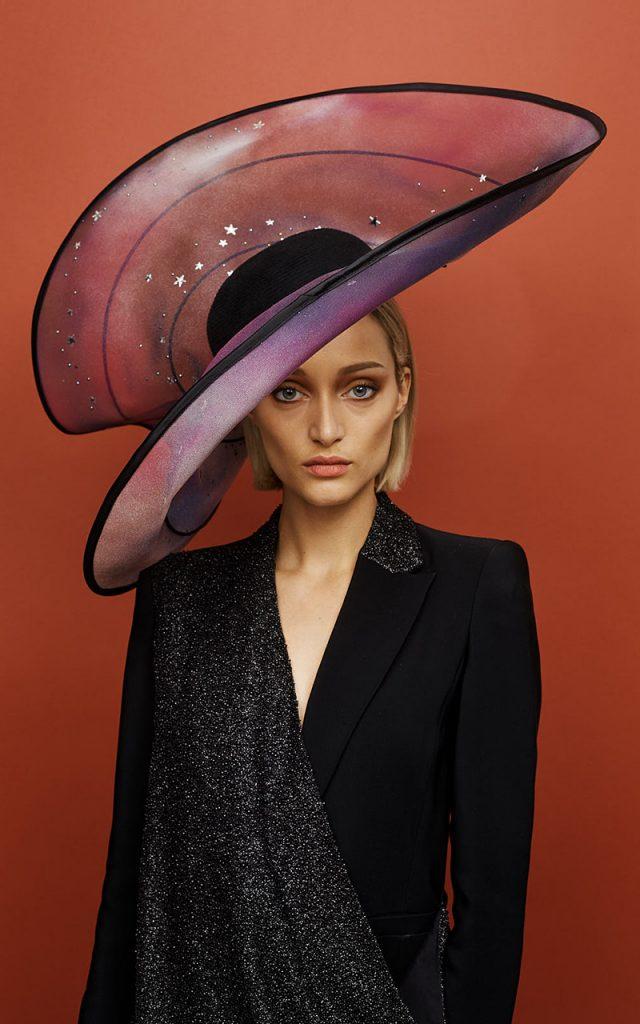
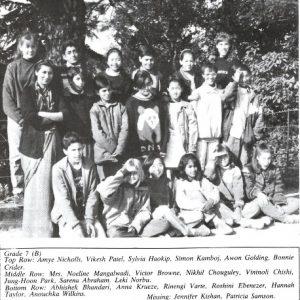
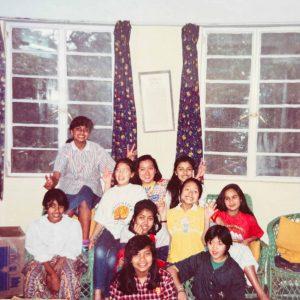
No Comments